Building scaled e-commerce business
A scalable e-commerce system can maintain or even increase its level of performance or efficiency when exposed to larger service demands. This enhanced scalability means the ability to address and handle larger volumes of content.
Introducing eCommerce changes everything in your company:
- internal processes – stock management, product management, channels, marketing, digital marketing
- the type and cost of shipping
- the cost of customer service by adding a new communication channel like chat, social media
- sales channels – from local to global
- pricing policies
- digital tools usage – we will concentrate on it here
- marketing tactics
- data usage
- and many others
What is scalability?
Generally, scalability can be defined as “the ease with which a system or component can be modified to fit theproblem area” . A scalable system has three main characteristics, including the following ones:(i) The system can accommodate an increased usage;(ii) The system can accommodate an increased data set;(iii) The system is maintainable and performs with reasonable performancesSource: Improving Performance of e-Commerce Systems by Vertical Scaling (PDF Download Available).
Building a scaled e-commerce business involves strategic planning, careful execution, and continuous optimization to drive growth and profitability.
Here are steps to help you build a scaled e-commerce business:
1. Market Research and Niche Selection:
– Identify target markets and niche opportunities based on trends, demand, competition, and audience needs.
– Conduct thorough market research to understand customer preferences, pain points, and buying behaviors.
2. Business Planning and Strategy Development:
– Define your business goals, objectives, and key performance indicators (KPIs).
– Develop a comprehensive business plan outlining your market positioning, value proposition, revenue streams, pricing strategy, and go-to-market approach.
– Create a scalable business model for growth and expansion while maintaining profitability.
3. Build a Robust E-commerce Platform:
– Choose a reliable e-commerce platform that meets your business requirements and scalability needs.
– Customize and optimize your website for a seamless user experience, mobile responsiveness, and fast loading times.
– Implement essential features such as product catalogs, secure payment gateways, inventory management, and order fulfillment systems.
4. Product Selection and Sourcing:
– Curate a diverse range of high-quality products that cater to your target audience’s needs and preferences.
– Source products from reputable suppliers, manufacturers, or wholesalers, ensuring competitive pricing, reliability, and quality.
– Consider offering a mix of in-house products and third-party brands to provide variety and differentiation.
5. Marketing and Customer Acquisition:
– Develop a comprehensive marketing strategy encompassing digital channels (e.g., SEO, PPC, social media, email marketing) and offline tactics (e.g., influencer partnerships, events).
– Create compelling content, visuals, and messaging to attract and engage your target audience.
– Implement customer acquisition tactics such as promotions, discounts, referral programs, and loyalty rewards to incentivize purchases and foster brand loyalty.
6. Optimize Conversion Rate and User Experience:
– Continuously optimize your website for conversion by testing and iterating on product pages, checkout process, calls-to-action, and pricing strategies.
– Implement user-friendly navigation, intuitive search functionality, and personalized recommendations to enhance the shopping experience.
– Utilize analytics tools to track user behavior, identify pain points, and make data-driven improvements to your e-commerce platform.
7. Scale Operations and Infrastructure:
– Invest in scalable infrastructure, technology, and resources to support growth and accommodate increasing demand.
– Streamline and automate backend processes such as inventory management, order processing, shipping, and customer service to improve efficiency and scalability.
– Build strong partnerships with logistics providers, fulfillment centers, and suppliers to optimize operations and reduce costs.
8. Customer Retention and Loyalty:
– Implement strategies to nurture customer relationships, encourage repeat purchases, and drive customer loyalty.
– Offer personalized experiences, exclusive offers, and loyalty programs to incentivize retention and foster long-term relationships.
– Collect and leverage customer feedback to improve products, services, and overall customer experience.
9. Monitor Performance and Analytics:
Monitor key performance metrics regularly, such as sales, conversion rates, average order value, customer acquisition cost, and lifetime value.
– Use analytics tools and reports to gain insights into customer behavior, market trends, and performance drivers.
– Adjust strategies, tactics, and investments based on data-driven analysis and experimentation to optimize business outcomes.
10. Adapt and Innovate:
– Stay agile and adaptable to changing market conditions, consumer preferences, and industry trends.
– Continuously innovate and differentiate your offering through product innovation, technology advancements, and strategic partnerships.
– Experiment with new channels, marketing tactics, and revenue streams to expand your reach and drive sustained growth.
Online shop software
Online shops are currently multi-software solutions with many integrations, data sharing, and marketing automation, which facilitate faster and better customer experiences in the purchasing process and overall customer service, including shipping and after-sales.
The online shop has to handle the whole purchasing cycle: pre-purchase, purchase, ownership, and after-purchase. The situation is more complicated if we take omi-channel sales, including brick-and-mortar shops, and sales on other platforms like Amazon, eBay, or industry specifics: Home Depot, Staples, etc.
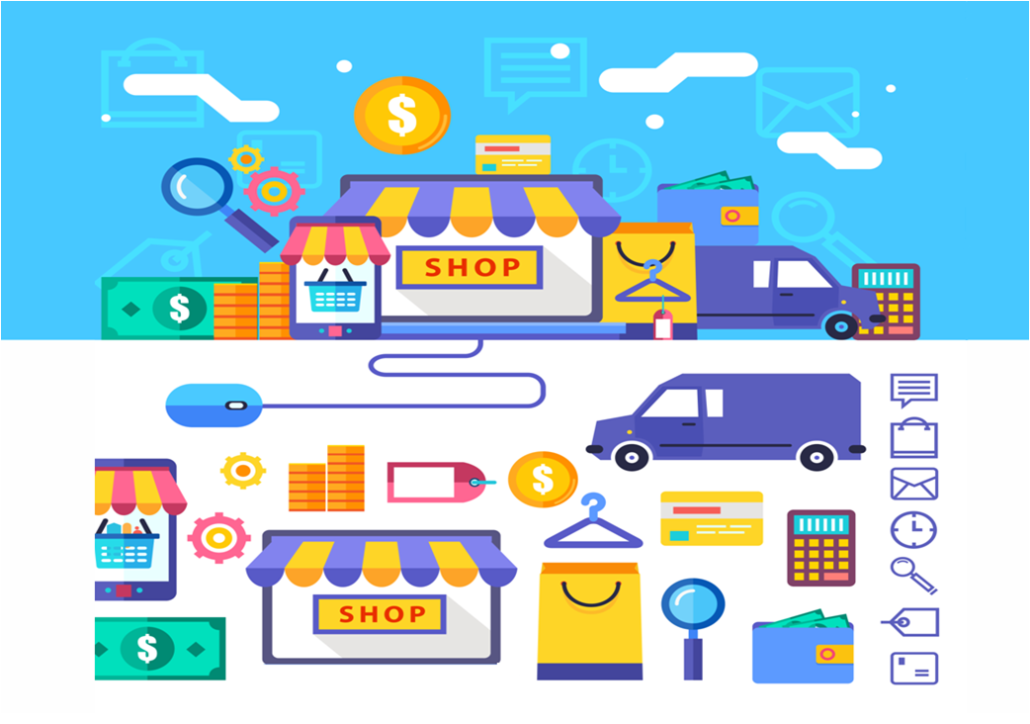
All these channels should have one layer—the good IT platform, secure network, and IT management that can currently be partially outsourced—SaaS solutions for hosting, IT operations, security monitoring, etc.
These are the typical questions of online shop owners:
- Can my online store be hacked? – yes, please use SSL, secure hosting, antivirus, and monitoring, and add all needed security patches.
- What can I do to make my online store more successful? – great offer, usability, security, marketing tactics, and strategy
- How do I get more visitors to my site?
- How do I increase conversion rates in my e-commerce store?
- How safe is IT outsourcing?
- What are the best checkout-optimized eCommerce retail sites?
- What is the best eCommerce solution in terms of stability and scalability?
- What are some examples of growth hacking for eCommerce?
- How to improve eCommerce website performance?
- How can you improve the SEO of an eCommerce website?
Scaled eCommerce business elements of customer’s cycle:
Prepurchase
- Lead generation tactics gather new potential: Adwords campaigns, referrals, current newsletter subscribers with marketing automation tools, LinkedIn ads or whitepapers, presentations via SlideShare, blog posts, your offer distributed on other e-commerce portals, price-comprising portals, etc. But you need to have a very wellSEO-optimized online shop.
- Your shop can get product data from producer or wholesaler databases—a typical integration with Icecat, an online product database, or drop-shipping platforms like Doba.
- They offer personalization for new and current customers via personalization software like Marketizator and many others, for example:
- Barilliance – Saas Personalisation for E-commerce
- Pure clarity – E-commerce Personalisation
- Bunting Website Personalisation
- Monetate Personalisation Software
- Rich Relevance
- ChoiceStream
- Personyze
- Apptus
- Product recommendation tools that recommend the most popular products based on previous purchases and other client visits like Quarticon
Purchase
- online shop with a fast and convenient one-page checkout
- the online reservation and pickup in the offline shop
- abandoned carts – you can use a marketing automation tool to keep such clients in touch and not lose them so easily, proposing them a special offer before they leave your shop
- the offline shop is genuinely integrated with an omnichannel platform via a POS application that also sends data to CRM, marketing automation software, and loyalty program application ( it can be inside CRM or integrated as a 3rd party software)
- online purchase with the most popular online payments and convenient shipping options that provide a great experience and simple communication flow with transactional emails or SMS
- the customer data can go directly to your Customer Relationship Management (CRM), Marketing Automation, and Sales Intelligence Analytics software that is integrated with your shop online and offline
- you can also collect data on the effectiveness of your marketing campaigns and promotions
Ownership
- excellent customer service tools – you can add contact forms, chat, phone and email contact
- easy return and complaint handling policy – it has to be a part of your legal restrictions
- marketing automation with unique newsletters and SMSes for your clients – to push them for their next purchase – new product versions, similar products, and birthday discounts.
- loyalty programs for most active clients to keep them around your business and offer more products to buy
- social media campaigns
- if you have a subscription model, like Pampers – you need to control the regular shipments, present the following steps, and have more content for your current user.
- you can build a community around your products and shop – there are exciting solutions in this space
- frequent blog posts that will provide value for your clients – tips, solving problems, or mind, body, and soul solutions.
After-purchase
- Predictive Analytics: You should know how long your product ownership lasts—it can be 1 day for food or 3 years for a car. You should also know your business model very well. Car dealers use this information to make the next upgrade or new offer. Your business intelligence analytics can be very helpful here.
- Sales Intelligence
- customer segmentation – is very important for after-purchase activities. All CRMs have more or less advanced features that will help you build segments, even matrixes of segments. The primary purpose is to build a more personalized offer for them that, based on much research, has a 2-3 times more
- loyalty programs
- Content Marketing
- Mobile Marketing
- Social Media Marketing
- Web Analytics integrated with Cross-Channel Campaign Management
- Conversion monitoring and optimization
- Programmatic ad buying based on your client’s data
The dividing line between these digital solutions of scaled e-commerce systems is blurring as vendors make acquisitions and establish partner ecosystems, striving to offer a complete range of capabilities under one roof – like Salesforce or Adobe.
By following these steps and focusing on strategic planning, execution, and optimization, you can build a scaled e-commerce business that delivers value to customers, drives sustainable growth, and achieves long-term success in the competitive e-commerce landscape.
Furthermore, I can help build the architecture for your scaled e-commerce system and omnichannel business. Contact us.

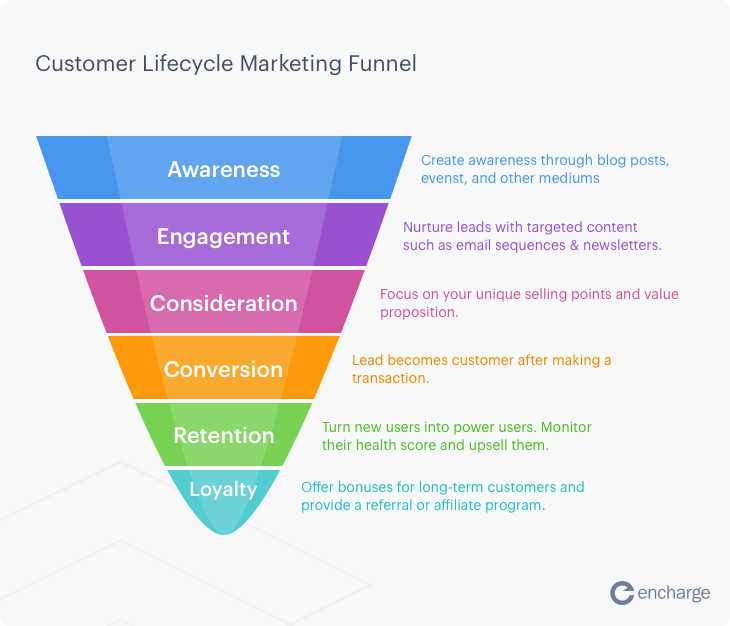
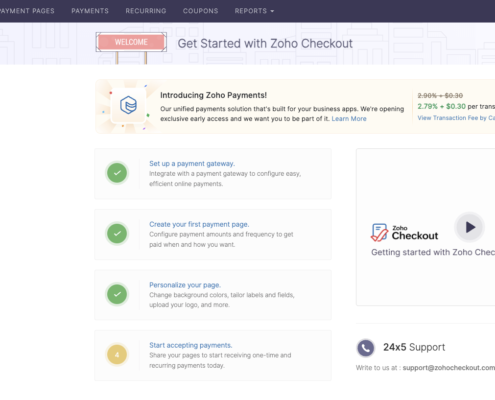
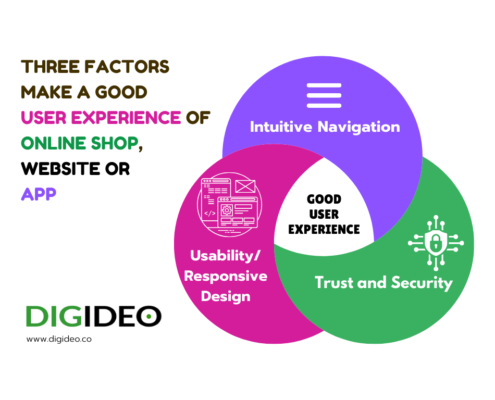 Digideo
Digideo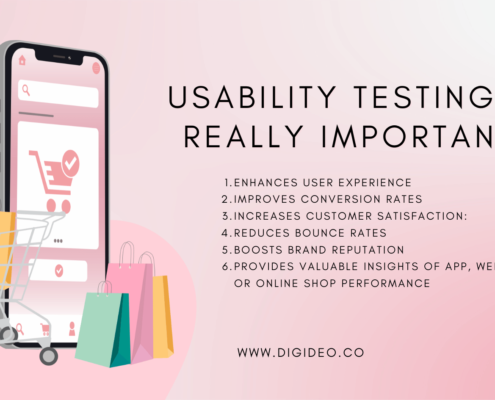 Digideo
Digideo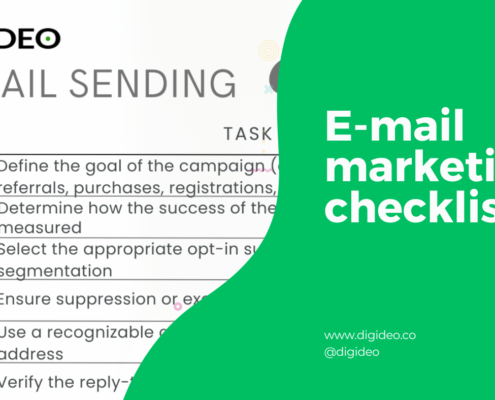 Digideo
Digideo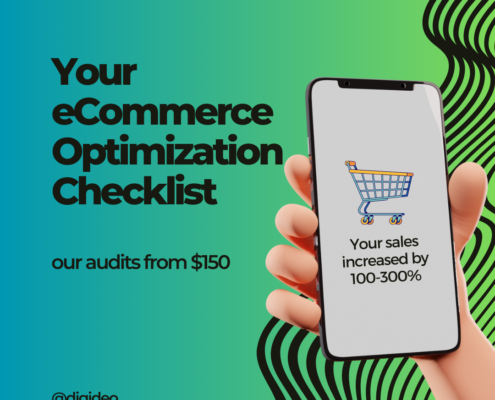

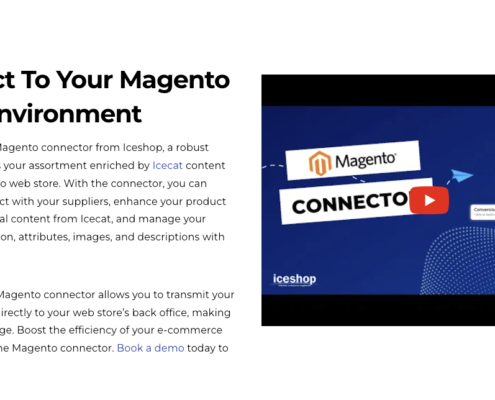

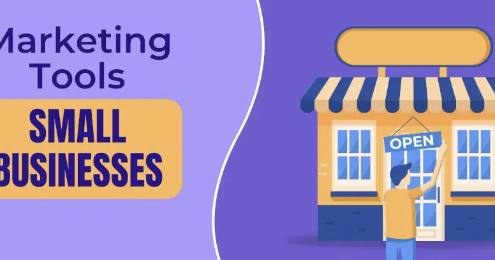
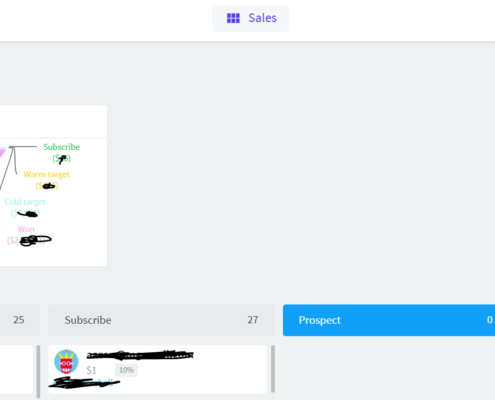
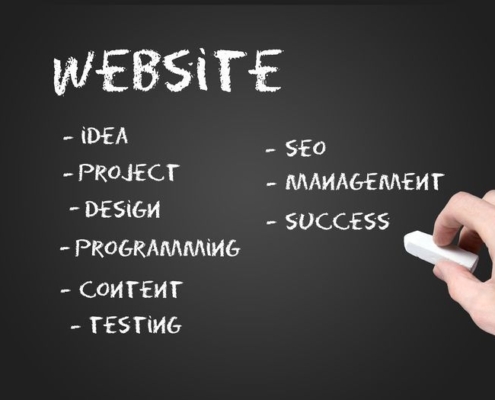
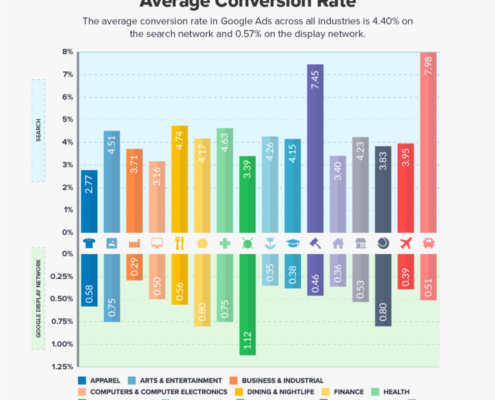
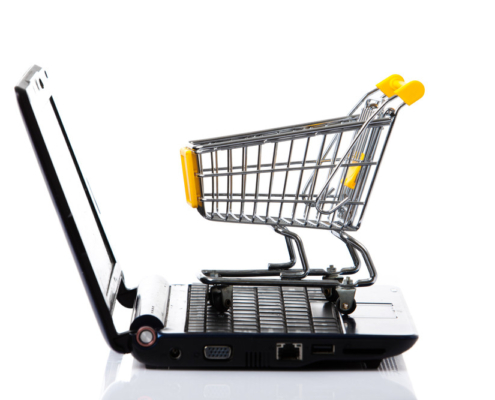

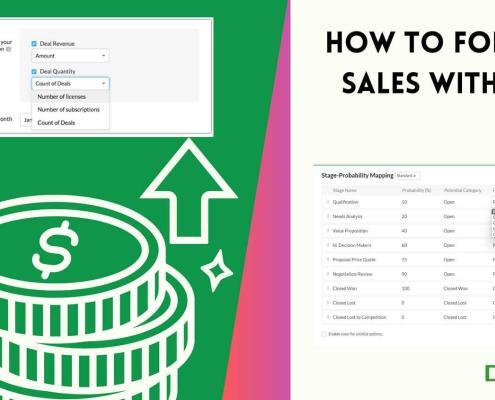 Digideo
Digideo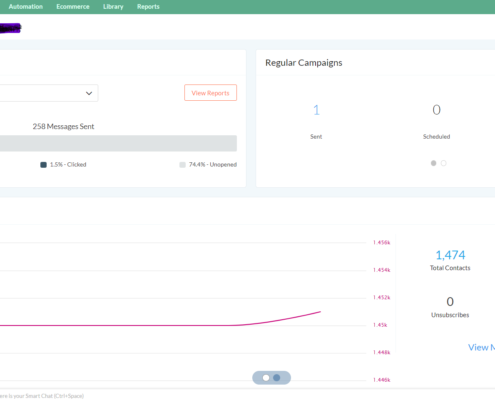 Digideo
Digideo
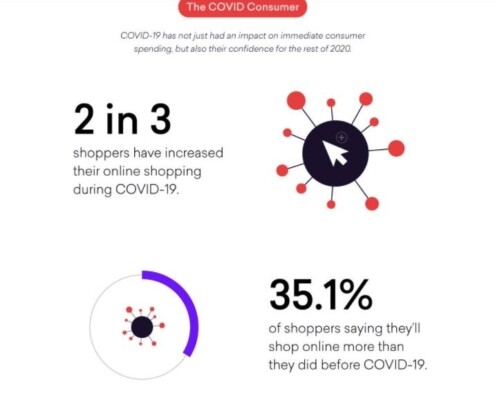
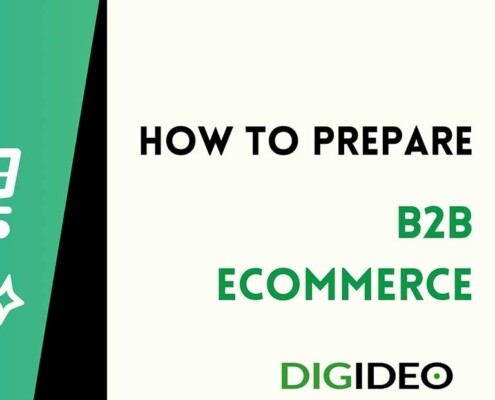 Digideo
Digideo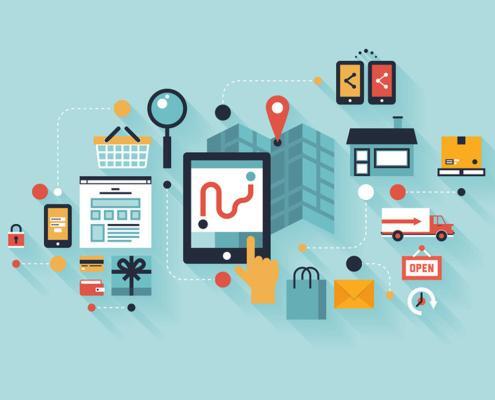
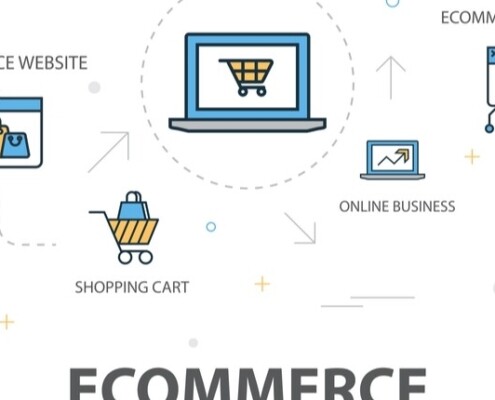 Digideo
Digideo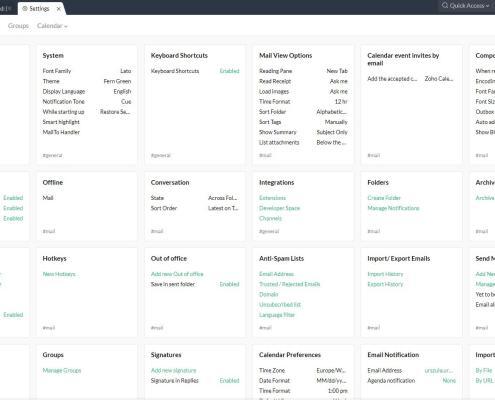

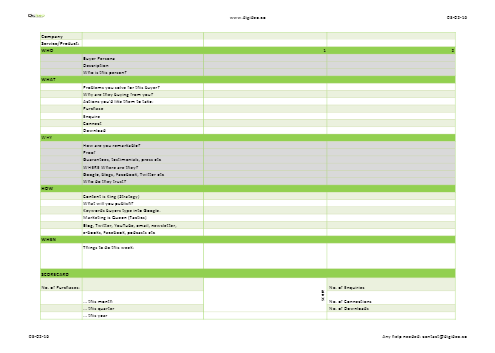
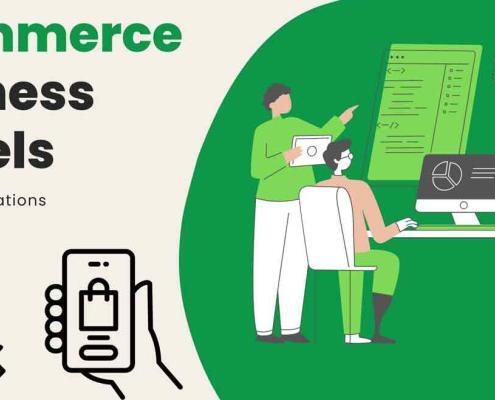 Digideo
Digideo
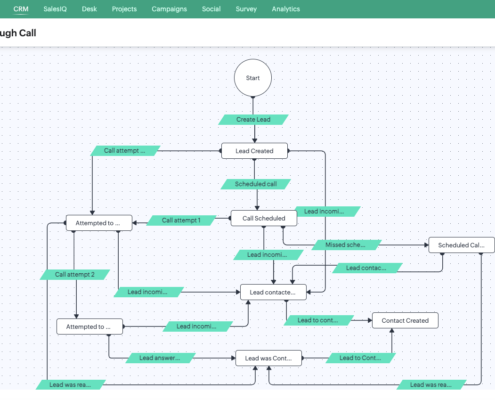
 Digideo
Digideo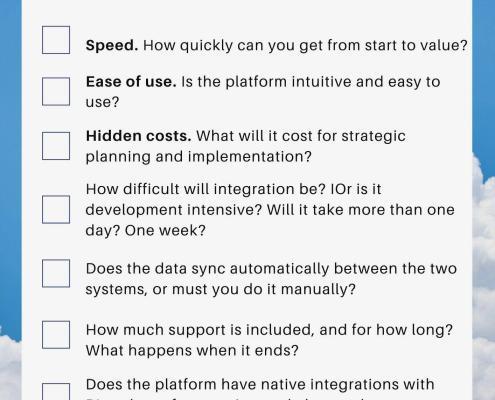


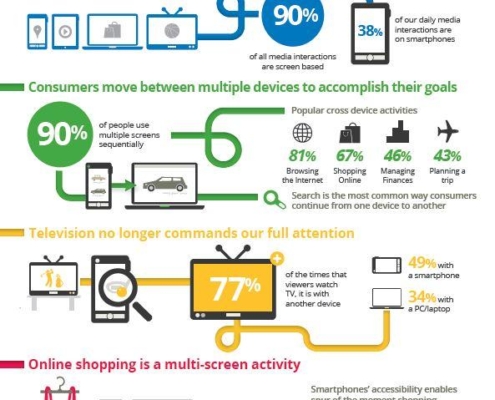
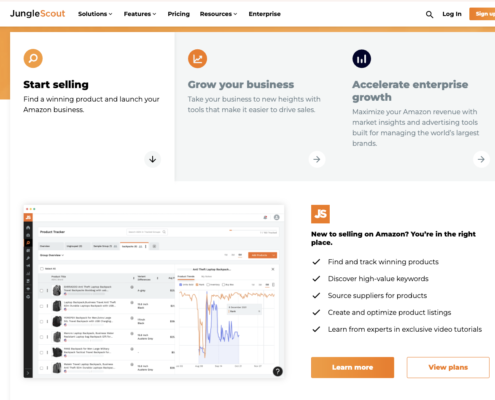
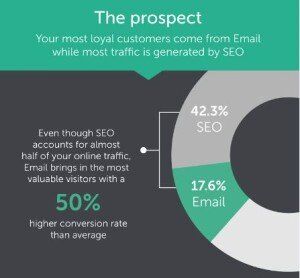

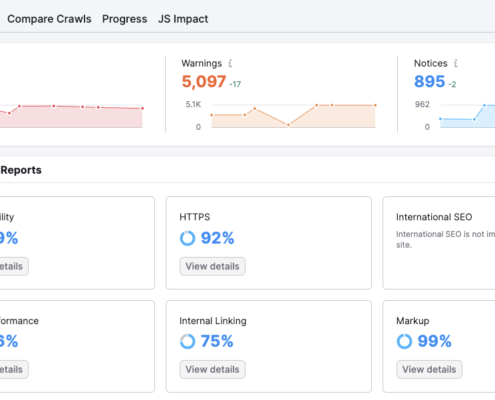
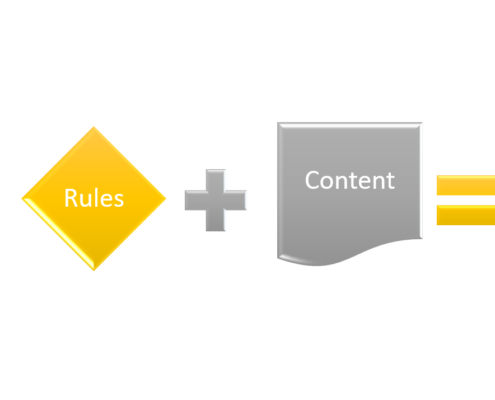
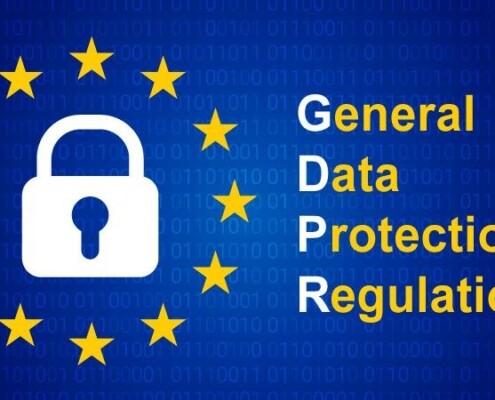
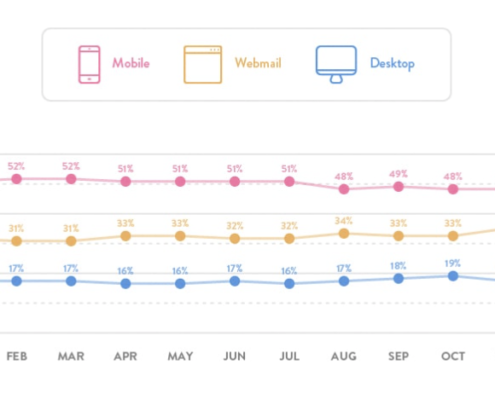
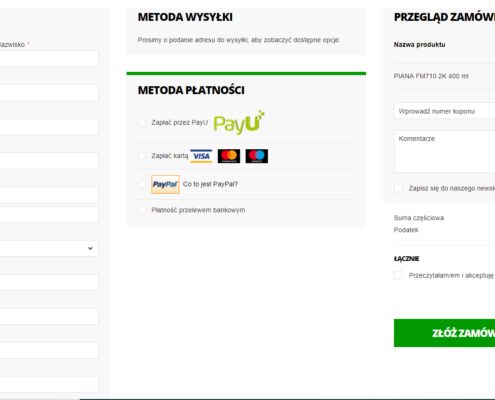
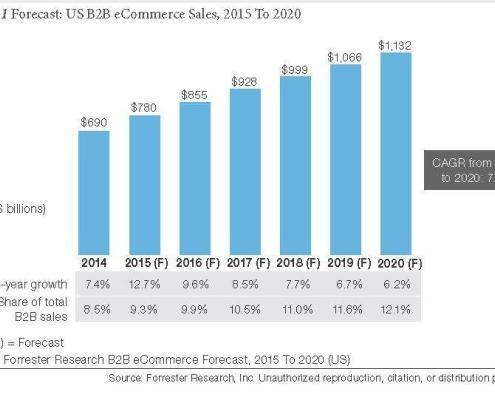
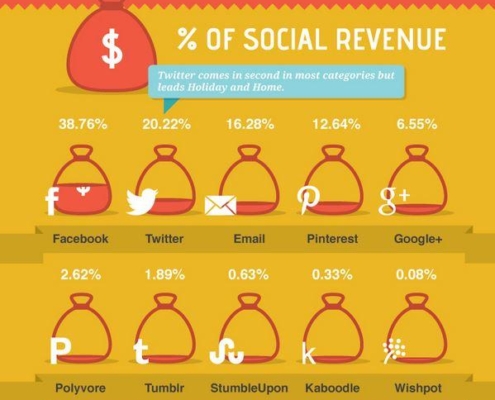
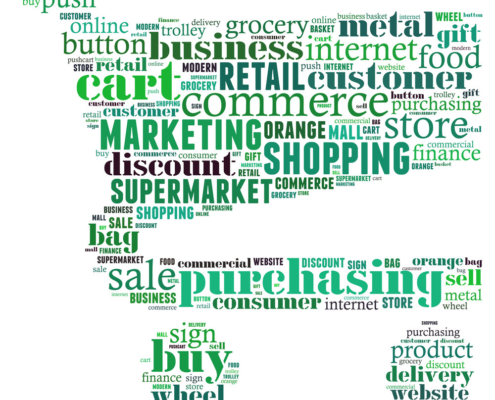

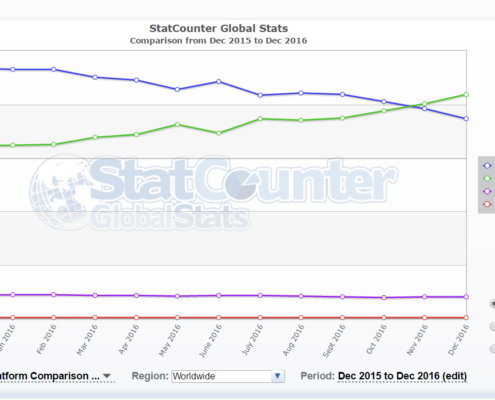

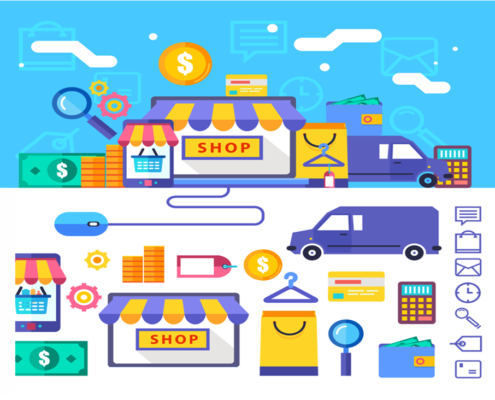

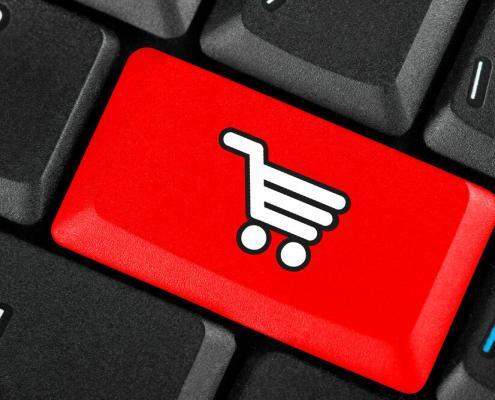
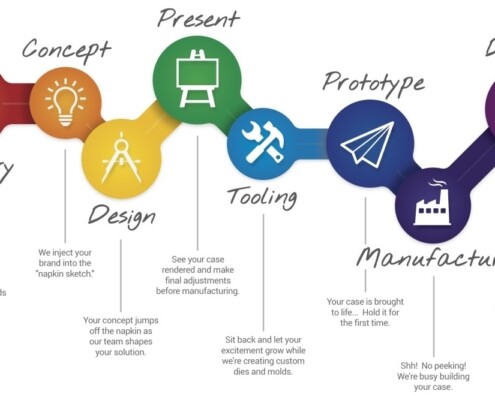



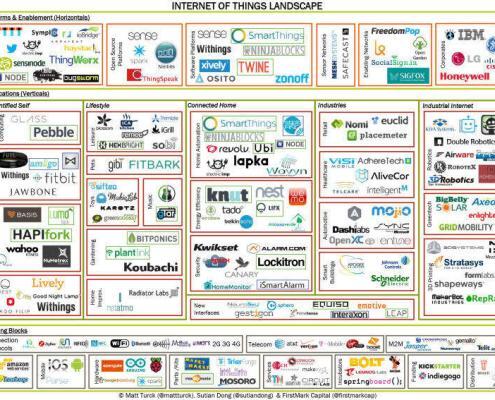
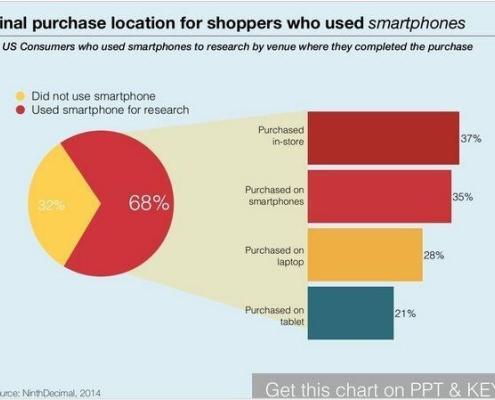
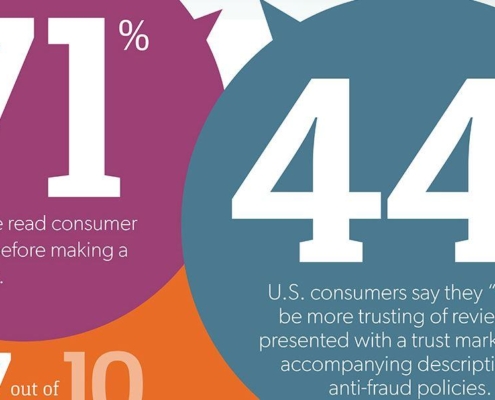
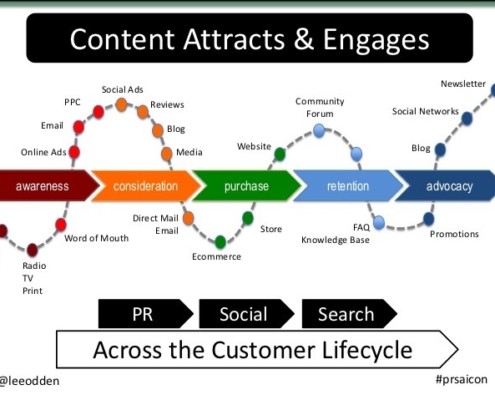



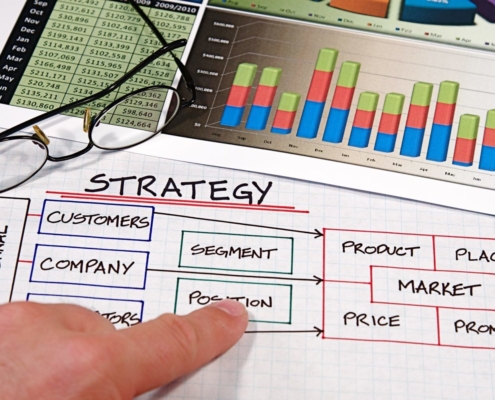

Share this entry